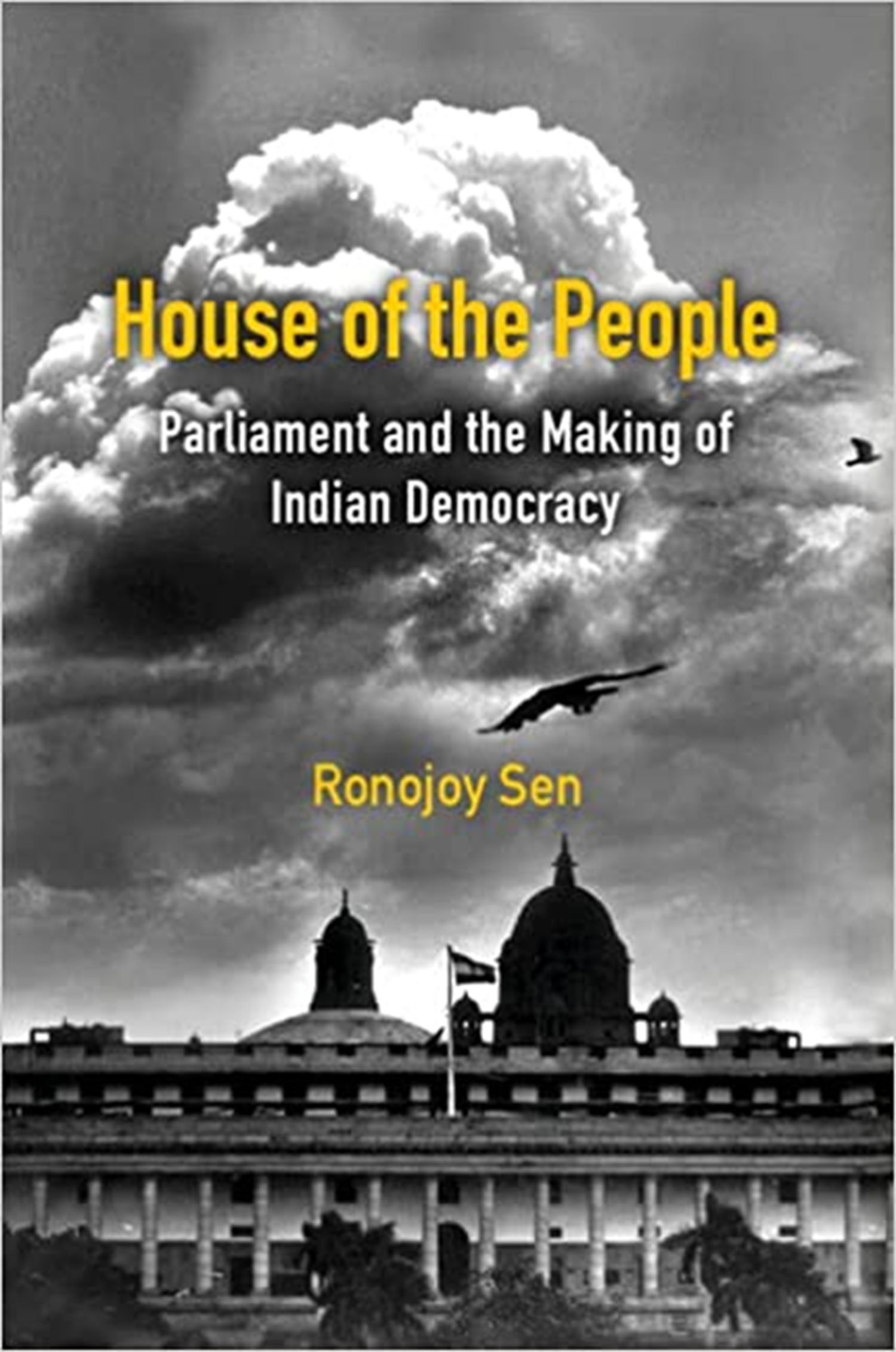The Indian Parliament completed 71 years during April-May 2023. The study of the institution, which began soon after the publication of Parliament in India by WH Morris-Jones in 1957, a classic till today, is still a work in progress, as is Indian democracy. There have been authored studies and edited volumes on the Indian parliament with rich material. Book chapters have also been published keeping both undergraduate and post-graduate students in mind. The book under review, a study only of the Lok Sabha, has according to the author, taken twelve years to mature, no wonder it has its own rapture.
The Indian Parliament is indeed a dynamic institution of a very dynamic parliamentary democracy. A study of its directly representative institution at a time when both democracy and the institution are said to be under the growing shadow of a number of undemocratic and counter-institutional trends has to be read and critiqued microscopically. The transformation of its representational character over seven decades is not only fascinating, but also a lesson in democratic filtering to the bottom of society drop by drop. Second, and very important, the representational and legislative apex body of Indian democracy also needs to be reviewed in the context of the recent assertion of the Narendra Modi regime that India is the mother of democracy and not the West or Europe as has been hitherto stated and accepted. Sen repudiates that surmise at the outset by quoting Christopher Bayly, ‘India’s democracy was neither an inheritance from India’s past nor a gift of British rule’,[1] and Madhav Khosla that the Indian Constitution should be seen as a ‘repudiation’ of the colonial legacy and not as part of a process of ‘evolution’.[2] Thus, the adoption and adaptation of the Westminster model of parliamentary democracy by the Constituent Assembly of India following two years, eleven months and seventeen days of hard work—research, drafting, discussions and deliberations—was a new democratic beginning for India in which the Parliament was the centre of democratic transformation.

